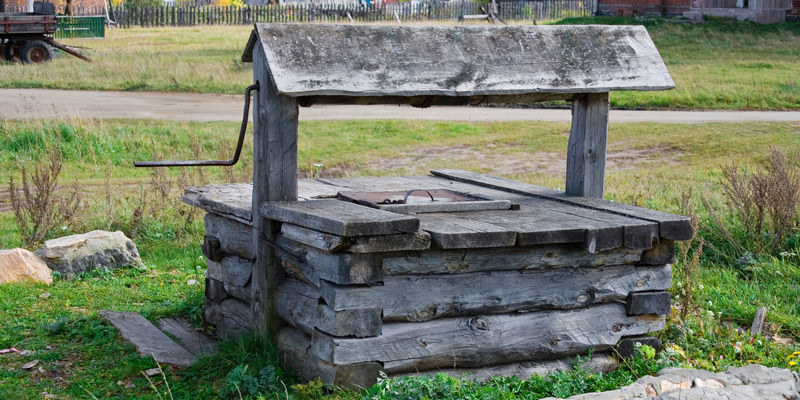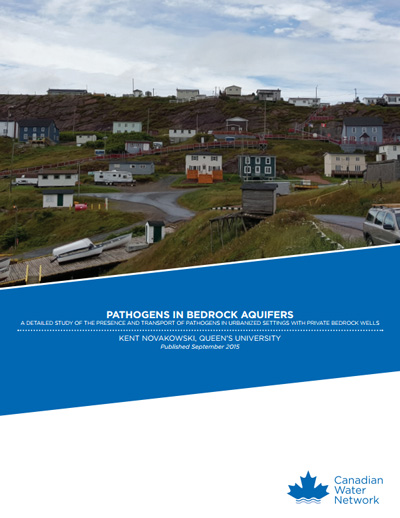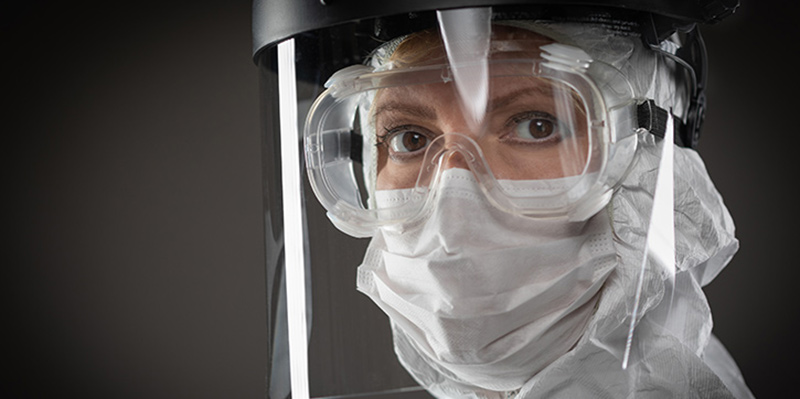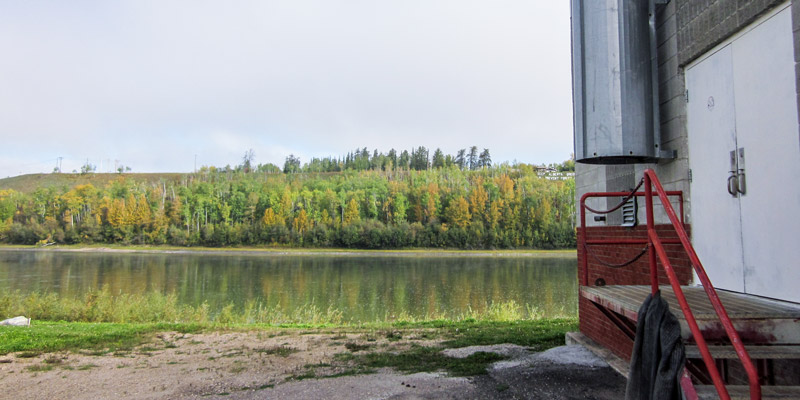Pathogens in Bedrock Aquifers – A Detailed Study of the Presence and Transport of Pathogens in Urbanized Settings Having On-Site Waste Disposal and Private Bedrock Wells
Principal Investigator - Kent Novakowski, Professor, Queens University (2007-2010)

Challenge
Drinking water contamination is a significant problem for Canadians who rely on groundwater from fractured rock aquifers. In small communities, many of which are located on fractured rock, it is common practice to have septic systems close to water supply wells. Under these conditions there is a significant potential for the transport of viruses from septic systems to water supply wells. Yet, groundwater supplies are not screened for viruses.
Fractures make it possible to transmit viruses very rapidly through the subsurface, but little is currently known about this transport mechanism. As a result, risks of viral transport cannot be properly evaluated. Very few Canadian facilities are capable of screening for viruses in groundwater, so it is unlikely that screening will become commonplace in the near future. Thus, the identification of viral contaminant indicators, like bacteriophage, a virus that infects and replicates within bacteria, would allow new protocols to be developed to test for such contamination.
The objective of this project was to develop an understanding of the processes related to the transport of viruses in fractured rock aquifers, and to develop tools for predicting and identifying risks of viruses in aquifers. These tools would allow for the development of best management practices for federal, provincial, and municipal governments and conservation authorities responsible for source water protection and public health.
Project
Both field and laboratory work were undertaken to explore the transport of viruses in fractured rock environments. Field research included a study of viral occurrences at three locations across Canada, and a detailed field study on the transport of bacteria at a site in Ontario. Field studies found that viruses are more likely to be present in fractured rock sites than in porous media. Analysis of distances travelled indicated that viruses commonly move at least 40 meters, which is more than twice the required offset distance currently legislated by Canadian provinces. Finally, an analysis of density found that viral presence may be directly related to housing density; a higher number of houses greatly increases the likelihood of viral presence.
Laboratory studies were undertaken to discern the effects of fracture characteristics and geochemistry on the transport of viruses in fractured rock. Results showed that particle size had a significant impact on particle retention and transport, with much greater retention in the virus size range than in the micron size range. There was also a strong dependence on groundwater velocity and the ionic strength of the groundwater.
Outputs
The study contributed to the development of viral detection methods including the implementation of protocols for rotavirus detection by both molecular methods and culturing.
Information was shared with relevant industry, regulatory and research personnel through attendance and presentations at conferences. A presentation at a water symposium given in April 2009, on Mayne Island, BC was attended by over 100 people, consisting of residents, consultants, drillers, technicians, microbiologists, government regulators and water systems operators. Principal investigators discussed the field survey results with technical staff from the Ministry of the Environment and Conservation Authorities from across the province of Ontario in June 2009. Conference presentations included:
- Trimper, S., Novakowski, K., Springthorpe, S., Sattar, S., Vidovic, S., and Aly, M., 2009. “A study of human enteric virus presence in fractured rock wells in rural Canada.” First International Conference on Microbial Transport and Survival in Porous Media, Niagara-on-the-Lake, ON, May 10-13, 2009.
- Praamsma, T.W., Trimper, S. and Novakowski, K.S., 2009. “Surface to fracture transport of E. coli-sized microspheres and a conservative tracer in a fractured rock aquifer, Perth, Ontario.”First International Conference on Microbial Transport and Survival in Porous Media, Niagara-on-the-Lake, Ontario, May 10-13, 2009.
Select Publications
- Mondal, P. M., Liss, S. N., and Sleep, B. E. “Transport of virus-sized microspheres in rough-walled rock fractures.”
- Mondal, P. M., Liss, S. N., and Sleep, B. E. “Transport of bacteriophages in rough-walled rock fractures.”
- Mondal, P. M., Liss, S. N., and Sleep, B. E. “Influence of biofilms on transport of microspheres and bacteriophages in rough-walled rock fractures.”
- Mondal, P. M., and Sleep, B. E. “Modelling pathogen transport in rough-walled rock fractures.”
- Trimper, S., Novakowski, K., Springthorpe, S., Sattar, S., Vidovic, S., and Aly, M. “The occurrence of viruses in bedrock aquifers at three locations across Canada.” Submitted to Groundwater Journal.
- Trimper, S., Novakowski, K., Springthorpe, S., Sattar, S., Vidovic, S., and Aly, M. “The vertical infiltration of bacteriophage in a shallow bedrock aquifer.” Submitted to Groundwater Journal.
Outcomes
- As one of the first studies of its kind, the project provided strong evidence to support the long-held belief that bedrock aquifers are vulnerable to pathogen contamination. The results clearly indicate that these aquifers are at risk and that domestic wells constructed in these settings are not protected by current regulations in any jurisdiction.
- Considering the high number of positive samples detected in the water supplies, the potential health impact is enormous. The communication of these results to government agencies may potentially lead to new guidelines for siting of septic systems and water supply wells in fractured rock settings and the development of methods for identification and renovation of existing at-risk systems.
- This study was the first field investigation to use NanoCeram® virus filters, developed by Argonide Inc. These filters are currently under review by US EPA. The project could add great leverage to the company’s bid for US EPA approval. If approved, these filters will greatly reduce the cost of virus filtration and sampling, which should help make virus sampling more widespread.





